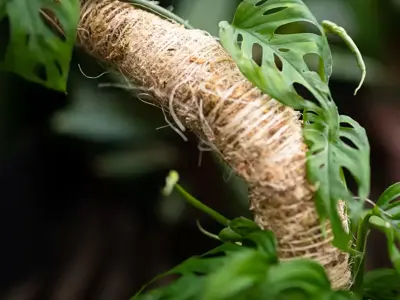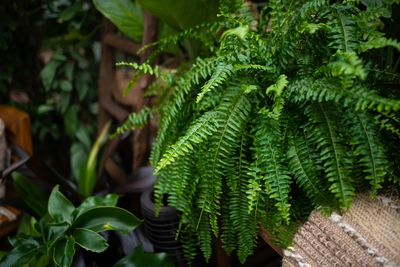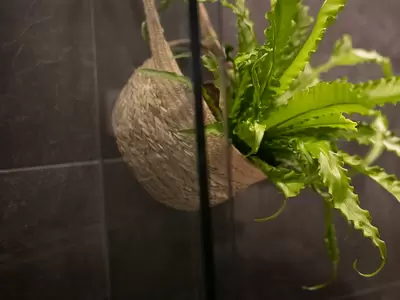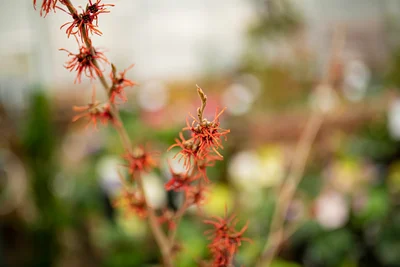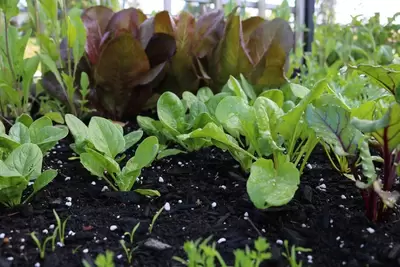
Written by Ingrid Hoff
It is sometimes kind of hard to believe it’s time to plant seeds when I’m just trying to keep up with the watering, but this is the perfect time of year to start sowing/planting to extend your season of fresh garden veggies. As you harvest your summer garden and create bare ground in the garden start to fill it with the next seasons harvest.
We are climatically fortunate with relatively mild conditions and so planting for a fall crop is just smart. Also, there are so many plants that benefit from warm soils to germinate in, but prefer colder temperatures to grow and thrive. By planting in the late summer these cool weather veggies benefit from warm germination soils, and as they mature temperatures start to drop. It’s a perfect situation and prevents them from bolting.
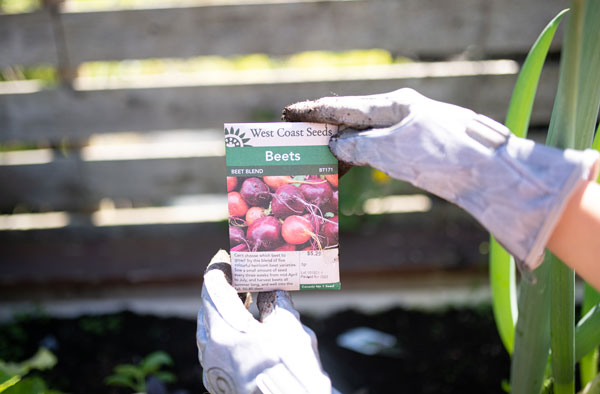
Plan and Plant
It's all about the timing.
Start by finding out approximately when the first frost date is in your area (in the Lower Mainland is approximately the first week of November). Then you need to find out the days to maturity (listed on seed packages or plant labels) of the crop you're interested in and plan backwards.
Make sure to “pad” it with a couple of weeks because plants can’t read so they don’t know exactly when they are supposed to mature. Also, fall crops will often need a bit of extra time since the days are shorter and there is less sunlight. Something to note is don’t stress too much about it if you are dealing with a crop like a leafy green where you can start the harvest whenever you want (baby greens are yummy). Also, there are many hardy plants such as kale, cabbage, brussel sprouts, and spinach, that will happily survive a bit of cold weather.
Let's do an example. Since I live in the Lower Mainland let's use November 1st as my frost date. If I want to grow a Starburst Watermelon Radish that has a (surprisingly long for a radish) maturity of 60 days then I count back 60 days from November 1st to September 2nd but then add a few weeks to play it safe and I get a date of August 18th. So, I can be sowing my watermelon radish seeds up until August 18th.
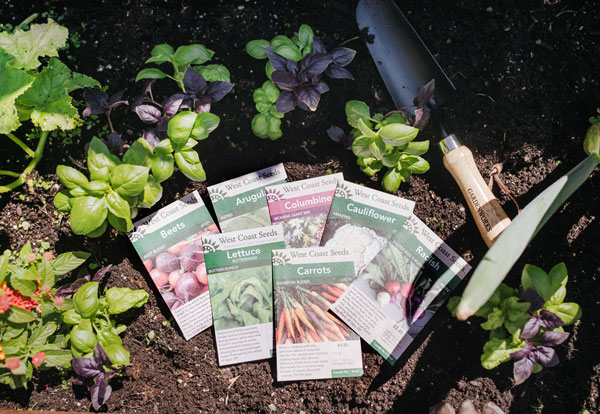
Stay Hydrated
One thing you have to be careful of with a summer sowing is watering. Seeds need moisture to germinate so you have to pay attention to it. That being said once germinations occurs, plan to water deeply less often (for example an inch of water once a week), and use mulches to protect the soil from evaporation. A good tip is to try planting your seeds a little bit deeper (but not too deep) as the soil tends to be moist there.
If it’s really hot out or you know you aren’t going to be able to water regularly, you might want to consider starting your seeds indoors and then transplanting.
Cover Up
My last tip for a winter crop is to consider using Remay cloth or row covers to extend the season even further. That way if the frosts come a bit early (or you are a little late with the planting) you can protect your plants.
The list of what you can plant for a fall/winter harvest is really quite expansive and my best suggestion is to head down to GARDENWORKS and check out the selection. But to entice you here is a list of some crops to consider:
-
Carrots: are a bit tricky since the seeds really should be kept moist in order to germinate, but if you can manage it’s a great fall crop.
-
Broccoli: loves the warmth, I usual do transplants in the fall (but choose your own adventure), consider adding a little extra nitrogen to the soil in the form of alfalfa meal.
-
Lettuce: a nice quick crop that you should keep planting in succession (one row or patch at a time) right up until September.
-
Radish: some fast-growing ones can be planted up until September.
-
Spinach: I only grow it as a fall crop now since it always seems to bolt on me in the spring.
-
Arugula: same as with spinach.
-
Turnips: direct sow 6-8 weeks before the frost and enjoy both the roots and leaves.
-
Cabbage: I actually plant them in the fall and then harvest them next summer.
-
Beets: plant them 8-10 weeks before frost and enjoy both the roots and greens.
-
Onions: plant onion set (baby onions) 2-4 weeks ahead of the first frost date. Dig a trench and cover so that only their little heads (pointed tips) are poking out of the soil.
-
Scallions: are way easier to grow as a fall crop than in the spring, in fact in mild climates they will grow over the winter.
-
Brussel sprouts: skip the seeds and get some transplants so you can enjoy the harvest at your Thanksgiving feast.
-
Cauliflower: another crop I find is better to use transplants to get a jump on the season.
-
Chard: sow seeds now and look for varieties with beautiful coloured stems, pretty and delicious.
-
Peas: definitely not just for spring, did you know they even grow well in containers? Get yourself some seeds of a elation-resistant varieties and enjoy some fall peas.
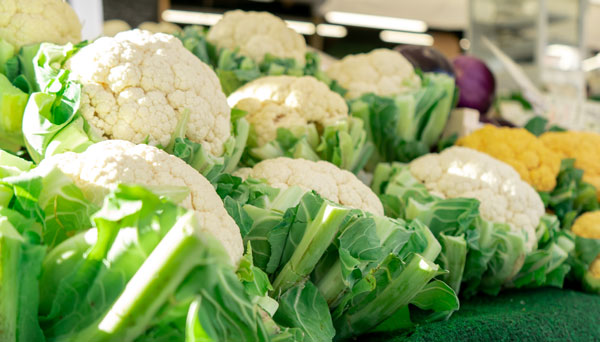
August is such a great time, with nice warm soils and lots of daylight to get them started, just don’t forget to water.

